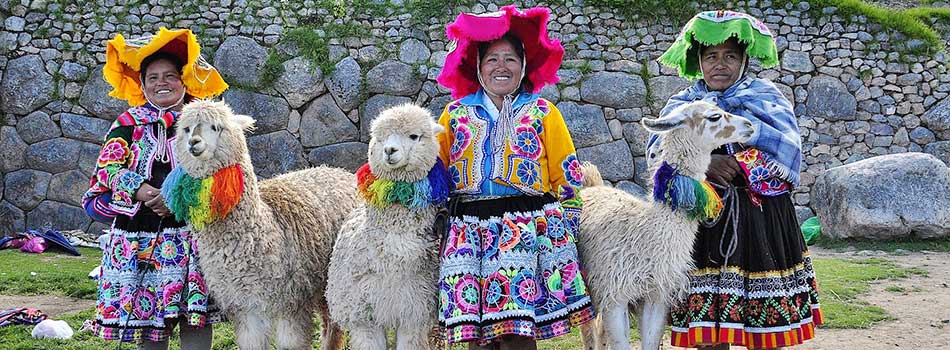Society, Economy And Politics of the Inca Empire
Pachacuti and his son Topa Inca managed to take over these vastly different regions, inhabited by over 100 different tribes of people into a political union that could feed and clothe millions of people, carry out tremendous construction programs, and supply large armies. He called his new kingdom Cuzco, and soon introduced an ingenious system of government, social system, economy and religion. He was one of the most powerful rules that ever existed in world history. He did not depend on a council of advisors, but made all the decisions for his people alone.

The Inca emperor Pachacuti appointed himself as a holy emperor and claimed that he was the direct descendant of the creator god Pachacamac (also called Viracocha). Under his rule, Cuzco became a 'huaca', or holy place, dedicated to the sun god Inti. Pachacuti destroyed the old adobe structures and had the entire city rebuilt in stone. On the south-end of town he built a temple dedicated to both the sun and to himself. The walls were covered with vast quantities of gold.
One of the problems that the government had was the redistribution of food and clothing. The corn, potatoes and cotton needed by millions of people were all produced in different areas of the empire. The Inca people solved this by developing a form of practical socialism. Each village produced what its ecosystem would allow and gave its surpluses to other villages in different areas. In return, poorer villages farming in the mountain terrain less fertile would then receive the products that they could not grow themselves. Some of the surplus was stored to feed soldiers or labor crews that were building temples or roads. This system is called reciprocity and is the reason why the Inca did not have markets. Everybody supplied and received the necessities of life through this system of reciprocity.